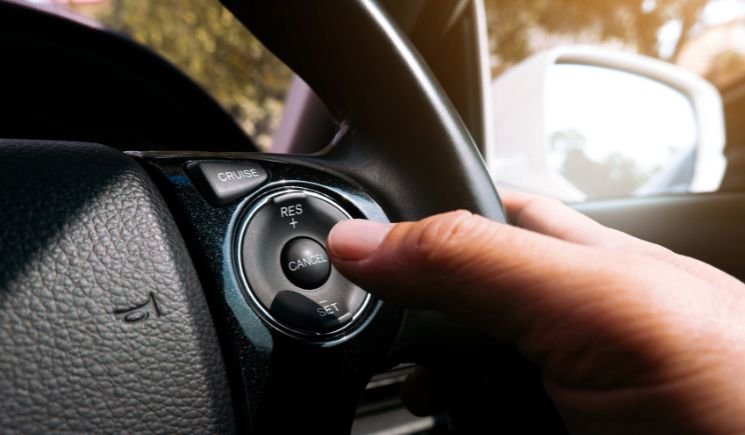Few things are scarier than having your Nissan Maxima suddenly go into limp mode, sapping engine power and limiting speed.
Entering limp mode is your Maxima’s way of protecting itself when it detects a severe issue, but it often leaves drivers stranded until the problem can be error-free.
In this article, we’ll dive into the common causes of a Nissan Maxima entering limp mode and explain what you should do when it happens.
We’ll provide a step-by-step guide on safely getting your Maxima out of limp mode both in the moment and permanently.
Most Common Causes For A Nissan Maxima Getting Stuck In Limp Mode
Faulty camshaft or crankshaft sensors
- These critical sensors monitor engine timing. If readings are off, the ECU enters limp mode as a precaution.
Transmission issues
- Transmission slippage or gear engagement problems can trigger limp mode to avoid further damage.
Low transmission fluid
- Insufficient fluid can cause transmission components to slip and limp mode to activate.
Engine coolant temperature sensor
- A faulty reading from this sensor can mimic overheating and cause limp mode.
Mass airflow sensor malfunction
- If this sensor fails, inaccurate air readings confuse the ECU and potentially induce limp mode.
Bad MAF or intake air temperature sensor
- Again, incorrect airflow or temperature readings can mislead the ECU into limiting power as a precaution.
Faulty throttle position sensor
- Out-of-range values from this sensor can misinterpret as stuck throttle triggering limp mode.
Vacuum leaks
- Air leaks in hoses create incorrect pressure readings that may prompt limp mode activation.
Loose wiring connections
- Electrical faults or insufficient grounds due to deteriorated wiring can cause sensor issues.
Dead battery
- A weak battery struggling to provide adequate voltage can cause limp mode.
Step-By-Step Guide On How To Safely Get A Nissan Maxima Out Of Limp Mode
- Reduce the speed and stop the vehicle safely as soon as you notice the symptoms of limp mode.
- Put the transmission in park/neutral and set the parking brake.
- Turn off the engine entirely and wait 15 minutes to reset the computer.
- Restart the engine. The engine light may still be on, but test if limp mode persists by gently revving the engine.
- Drive slowly to verify if power is available. If limp mode continues, carefully drive home or to a repair shop. Do not exceed 25 mph.
- Have the device scanned for trouble codes to identify the issue.
Potential quick fixes include:
- Checking all engine sensors are securely plugged in.
- Cleaning MAF sensor electrical contacts.
- Replacing air filters if dirty.
- Topping up low transmission fluid if applicable.
- Clear any diagnostic trouble codes with an OBD2 scanner tool to reset ECU limp mode triggers. Which is only a temporary workaround until the underlying issues are free.
- To address the root problem that caused limp mode, inspect issues indicated by trouble codes.
- Based on code details, replace damaged sensors, fix leaks/shorts, etc.
- Drive conservatively once limp mode is out of hand, avoiding hard acceleration and high RPMs, which could re-trigger it.
- Get all necessary repairs done immediately.
Nissan Altima Limp Mode Reset: A Simple Guide to Complete the Process
FAQs Of Nissan Maxima Limp Mode Reset
Q: Can I reset limp mode myself with a code scanner tool?
You can use a scanner to clear the codes. But limp mode will recur shortly if you don’t address the mechanical or electrical issues.
Q: How do mechanics determine what’s wrong when Maxima enters limp mode?
They use code scanners to identify the sensor or system causing the problem according to the error codes set. Then they directly inspect or test those components.

